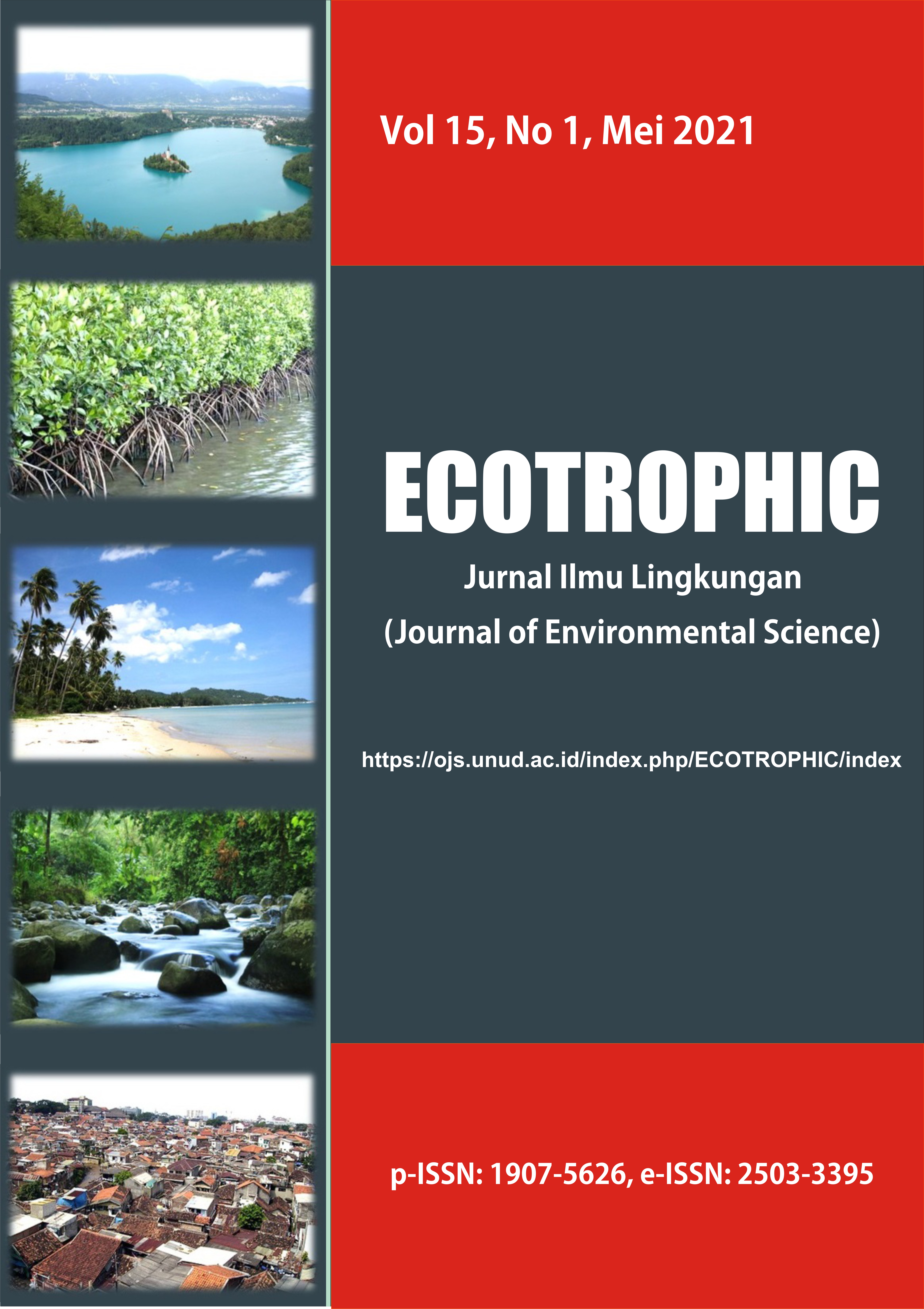STRATEGI PENGELOLAAN EKOSISTEM TERUMBU KARANG DI DAERAH WISATA AIR TANJUNG BENOA DAN JEMELUK AMED, BALI
Abstract
Tanjung Benoa and Jemeluk Amed are two famous marine tourism sites in Bali. This study aims to determine the state of coral ecosystem in its life form, factors associated with coral damage, and the strategy to manage coral in those two area. We used two methods: Line Intercept Transect (LIT) and SWOT. The live coral coverage condition in Tanjung Benoa is in moderate and worse category. While the Jemeluk Amed is in moderate level and good condition, respectively. Factors causing damage to coral ecosystem are: the corals are under pressure, some corals are already bleaching, the anchoring activity and oil spill from ships, and algae. The coral reefs ecosystem in Tanjung Benoa and Jemeluk Amed can be sustained in good condition with government support and NGOs in the development of environmentally friendly activities and monitoring studies, implementation of coral reef preservation rules (prohibition of taking coral reefs) and colaboration of the community, government, and NGOs to carry out coral reef rehabilitation and monitoring studies. As one of the tourism area in Bali, the role of universities are needed for continuous research on the state of coral reefs to maintain environmentally friendly and sustainable tourism.
Keywords: Coral reef; Life form; Strategy; Marine conservation.
Downloads

This work is licensed under a Creative Commons Attribution 4.0 International License.


